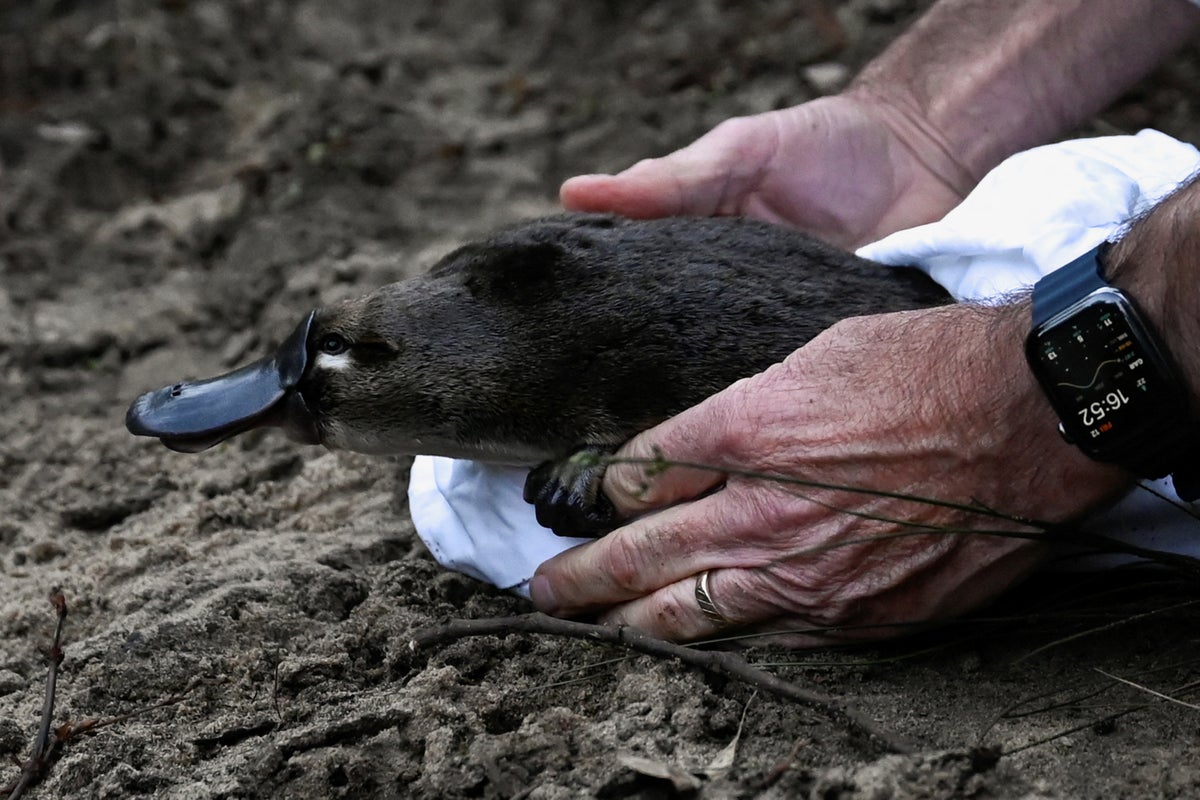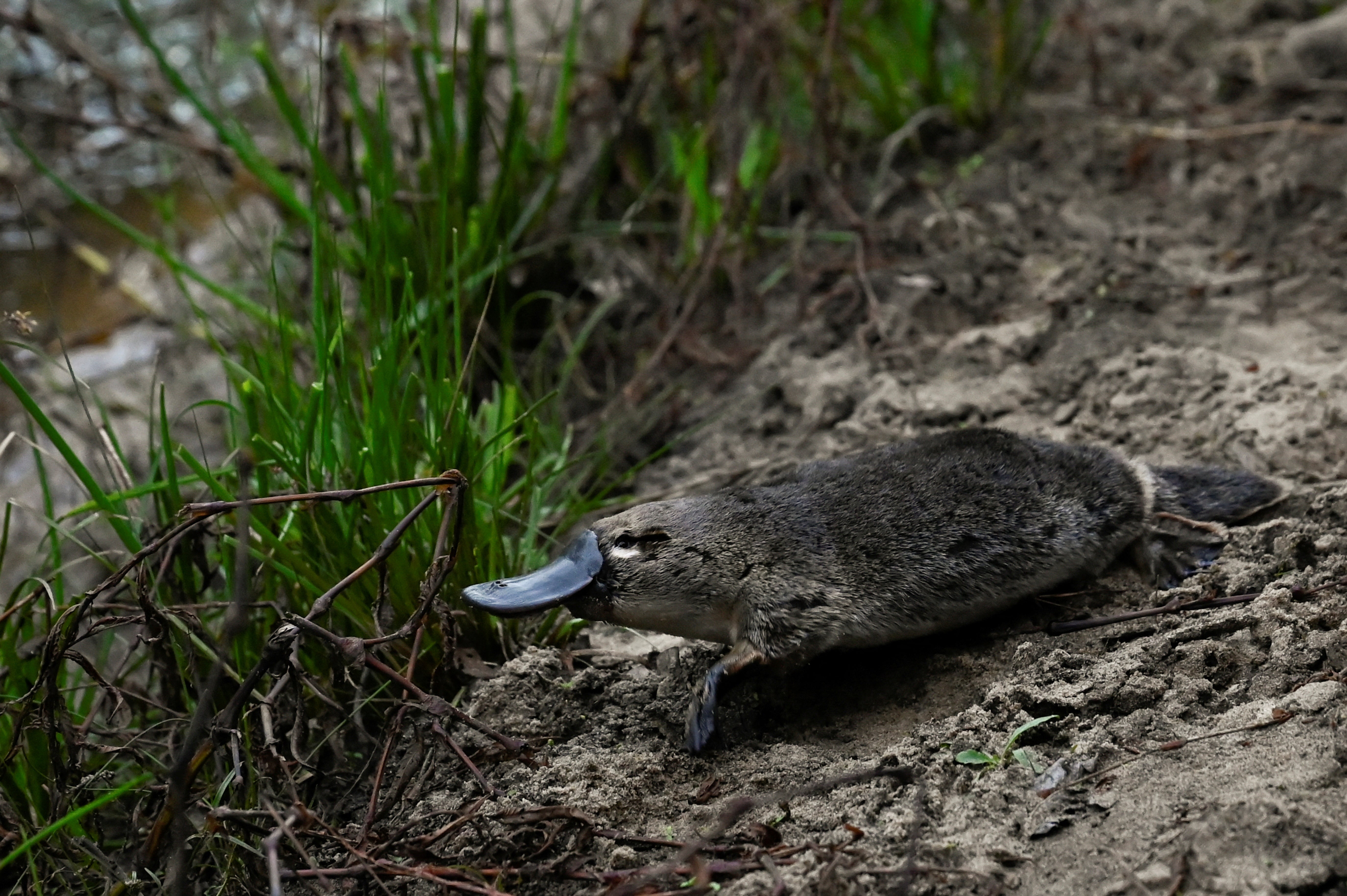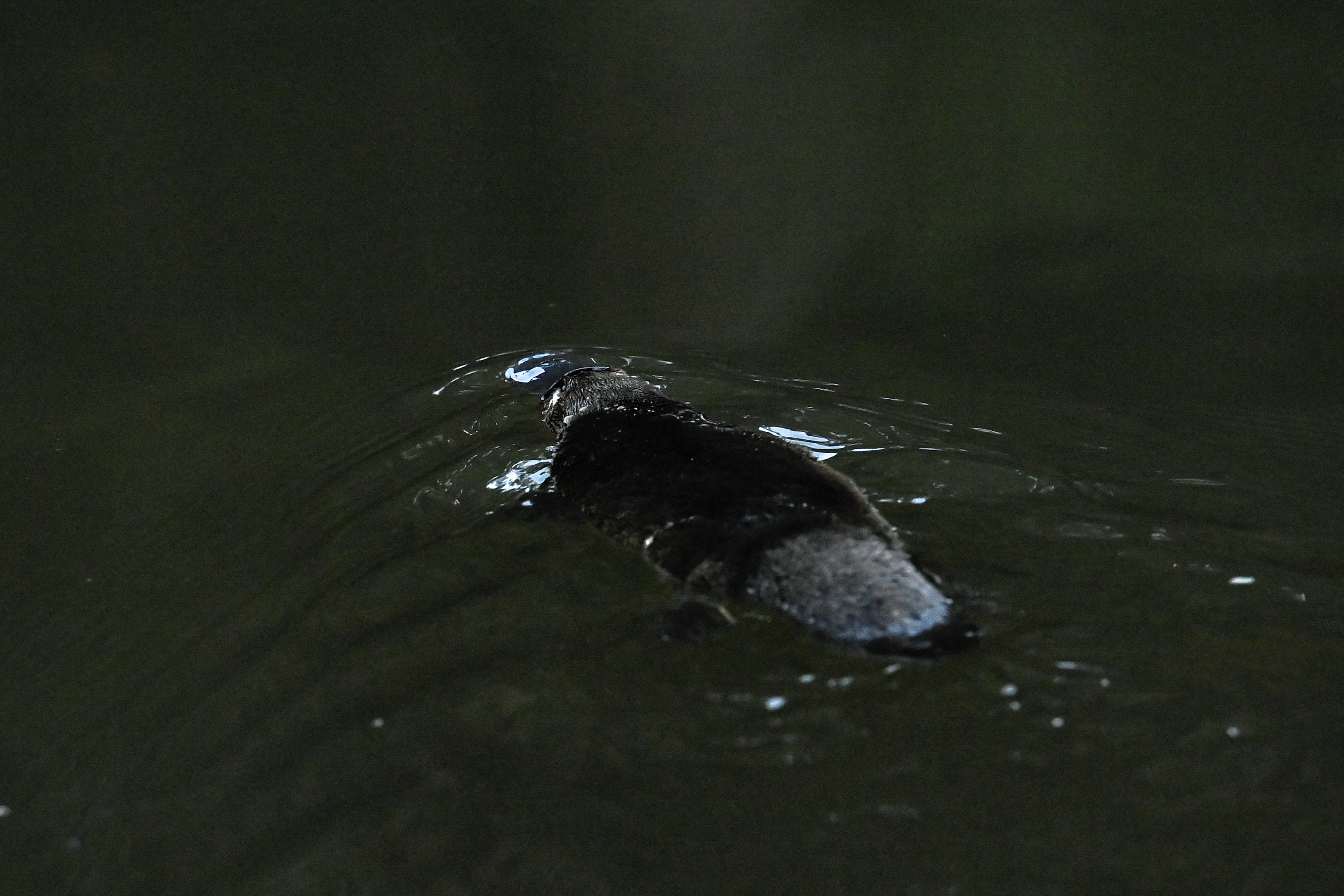
The platypus, a duck-billed mammal unique to Australia, was reintroduced into the country's oldest national park in a landmark conservation project after disappearing from the area more than half a century ago.
The platypus is one of the only two egg-laying mammals found globally and is known for its bill, webbed feet, and venomous spurs.
The mammals live mostly across Australia’s eastern seaboard, from the far north of Queensland state to the island state of Tasmania, close to rivers and streams whose beds and banks they forage for food.
The animal spends most of its time in the water at night, which makes it difficult for most Australians to spot one in the wild.
Four females were released on Friday into the Royal National Park located just south of Sydney, which was established in 1879 and is the second oldest national park in the world.
Since the 1970s there have not been any confirmed platypus sightings in the park.
The relocation, a collaborative effort between the University of New South Wales (UNSW), Taronga Conservation Society Australia, WWF-Australia and the New South Wales National Parks and Wildlife Service, comes at a time when the mammals are facing extinction due to habitat destruction, river degradation, feral predators, and extreme weather events.
Estimates on the current population vary widely from 30,000 to some 300,000.
A 2020 report found that platypus habitats have shrunk by almost a quarter over the past three decades. Researchers found that droughts, reduced rainfall and intense fires linked to climate crisis had played a role in the loss of small rivers and streams where platypus forage for food and lay eggs.

They had warned that rivers drying out, worsening water quality and loss of vegetation were threatening the species.
"(It is) very exciting for us to see platypuses come back into the park, for a thriving population here to establish themselves and for Sydneysiders to come and enjoy this amazing animal," said Gilad Bino, a researcher from UNSW'S Centre for Ecosystem Science.

The platypuses, which live along Australia's east coast and in Tasmania, were collected from various locations across south-eastern New South Wales state and subjected to various tests before relocation.
According to researchers, each platypus will be tracked for the next two years to better understand how to intervene and relocate the species in the event of drought, bushfire, or flood.







